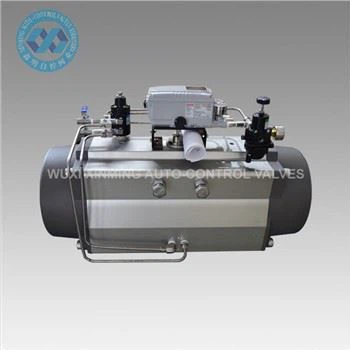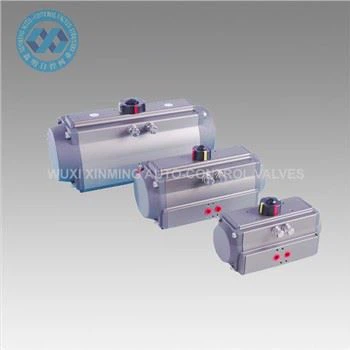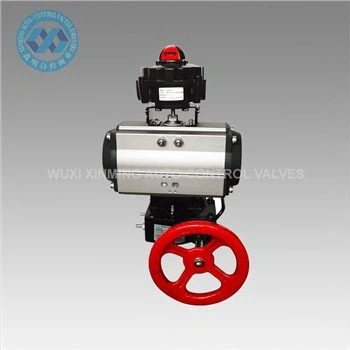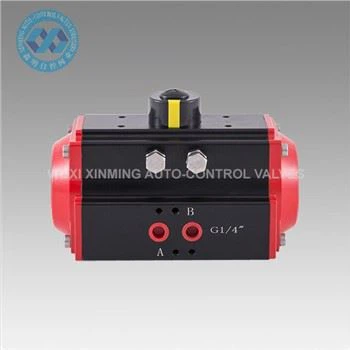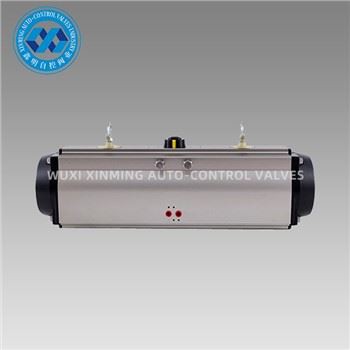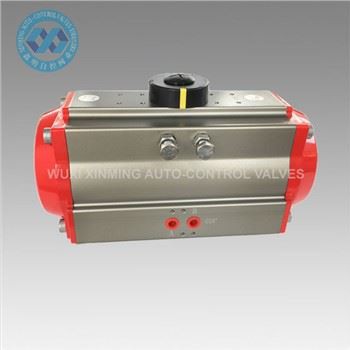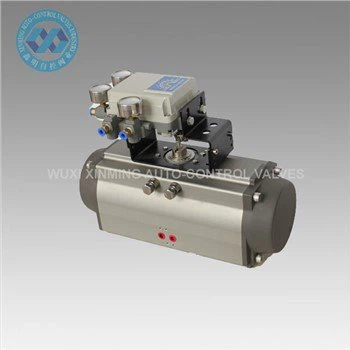Abstract
Smart pneumatic actuators integrated with the Internet of Things (IoT) represent a transformative advancement in industrial automation, predictive maintenance, and remote control systems. By embedding sensors, wireless connectivity, and data analytics into traditional pneumatic actuators, these smart devices enable real-time monitoring, adaptive control, and energy optimization. This article explores the architecture, enabling technologies, applications, and future trends of IoT-enabled pneumatic actuators, highlighting their role in Industry 4.0, smart manufacturing, and intelligent robotics.
1. Introduction
Pneumatic actuators are widely used in automation due to their simplicity, reliability, and high power density. However, traditional pneumatic systems lack real-time feedback, leading to inefficiencies in energy consumption, maintenance, and control precision. The integration of IoT technologies—such as wireless sensors, edge computing, and cloud analytics—addresses these limitations by transforming pneumatic actuators into intelligent, connected devices capable of self-diagnosis and adaptive operation.
Key Advantages of IoT-Integrated Pneumatic Actuators:
- Real-time condition monitoring (pressure, temperature, position).
- Predictive maintenance to reduce downtime.
- Energy optimization via dynamic pressure regulation.
- Remote control and automation through cloud-based platforms.
2. System Architecture of IoT-Enabled Pneumatic Actuators
A smart pneumatic actuator system consists of three core layers:
2.1. Sensing Layer
-
Embedded sensors:
- Pressure transducers (monitor air supply and load conditions).
- Position sensors (LVDT, Hall-effect for stroke measurement).
- Temperature and vibration sensors (detect wear or leaks).
- Wireless communication modules (Wi-Fi, Bluetooth, LoRa, or 5G).
2.2. Edge Computing Layer
- Onboard microcontrollers (e.g., ARM Cortex, ESP32) for local data processing.
- Machine learning algorithms for anomaly detection (e.g., detecting seal degradation).
2.3. Cloud/Enterprise Layer
- Cloud platforms (AWS IoT, Azure, Google Cloud) for data storage and analytics.
- Dashboard visualization (e.g., Grafana, Power BI) for operational insights.
3. Enabling Technologies
3.1. Wireless Sensor Networks (WSNs)
- Low-power protocols (Zigbee, NB-IoT) for industrial environments.
3.2. Digital Twin Integration
- Virtual replicas of actuators simulate performance under different conditions.
3.3. AI and Predictive Analytics
- Fault detection: Identifying air leaks or mechanical wear before failure.
- Adaptive PID control: Auto-tuning pressure based on load variations.
3.4. Energy Harvesting
- Self-powered sensors using piezoelectric or thermoelectric generators.
4. Industrial Applications
4.1. Smart Manufacturing (Industry 4.0)
- Condition-based maintenance in assembly lines.
- Automated pressure adjustment for varying workpiece weights.
4.2. Collaborative Robotics (Cobots)
- Force-sensitive pneumatic grippers with IoT feedback for safe human interaction.
4.3. Process Automation
- Smart valves in chemical plants with remote pressure monitoring.
4.4. Mobile Hydraulics & Agriculture
- IoT-enabled pneumatic systems in autonomous farming equipment.
5. Challenges and Future Trends
5.1. Current Limitations
- Cybersecurity risks (vulnerability to wireless hacking).
- Latency in real-time control (addressed by 5G and edge AI).
5.2. Emerging Innovations
- Soft IoT actuators for wearable and medical applications.
- Blockchain for secure data logging in critical systems.
- 6G-enabled ultra-reliable low-latency communication (URLLC).
6. Conclusion
The fusion of IoT with pneumatic actuators is ushering in a new era of intelligent automation, where self-monitoring, energy-efficient, and remotely controllable systems redefine industrial productivity. As wireless networks, AI, and materials science advance, smart pneumatic actuators will become ubiquitous in smart cities, healthcare, and beyond.
If you want to learn more about low-priced products, please visit the following website: www.xm-valveactuator.com


